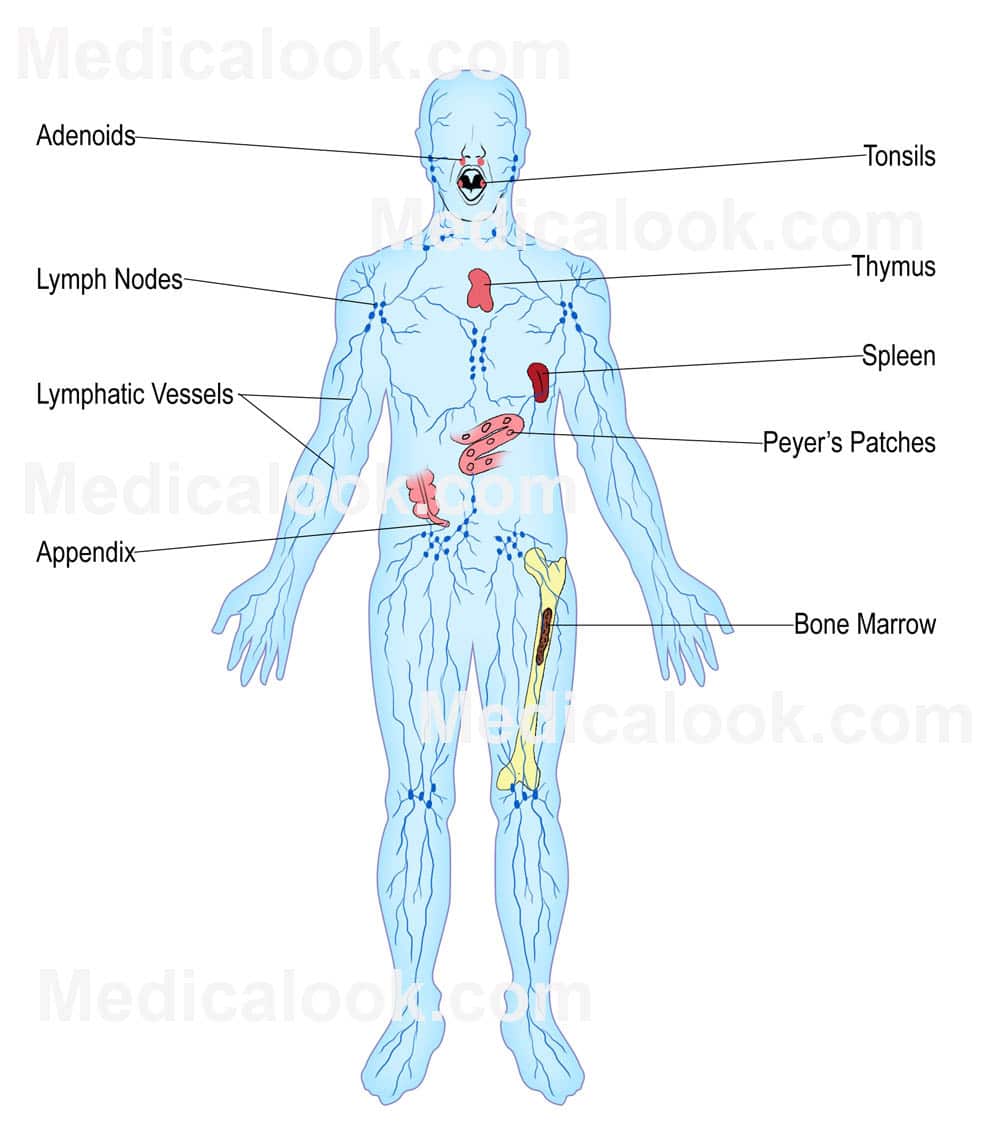Why is it important?
The lymphatic system removes waste fluid from spaces between cells, also known as interstitial spaces and facilitates the immune system by removing waste, debris, dead blood cells and carrying vital immune cells that destroy pathogens, toxins and cancer cells. As well as removing and destroying, the lymphatic system helps deliver fats and fat soluble nutrients from the digestive tract to individual cells.
A sluggish lymphatic system results in aches, pains, swelling, compromised immunity and possibly disease. So, all in all, it’s important!
How does it work?
To understand the lymphatic system, let’s compare it very briefly with the blood circulatory system. Blood is circulated by the pumping of the heart. The blood is pumped out from the heart via arteries and returned to the heart via veins. So there is a complete system (like the M25).
The lymphatic system does not have a pump. It relies on the movement of muscles and it is this movement which facilitates the flow of lymph fluid. Hence, exercise is really important for well-functioning lymph flow.
Another difference from the blood circulatory system is the lymph works only in one direction and it is against gravity. Lymph vessels move lymph fluid; a clear, yellowish fluid which is the result of residual fluid leftover from the arterial delivery to the interstitial spaces; upwards, passing through numerous lymph nodes which filter and destroy products, until finally it is drained into the Subclavian Veins at either side of the neck.
Where is the lymph system?
Lymphoid tissues are scattered throughout the body and are found in many organs which play an important part in the immune system. These include lymph nodes, bone marrow, the thymus, spleen, appendix, tonsils, adenoids and the small and large intestine. You may have noticed that it is common practice in modern medicine to remove a few of these organs because they are ‘not important’. I would strongly disagree with this view. By removing an offending tonsil, all that is being done is removing the symptom; your body is stating ‘there is a problem here’. Getting rid of a symptom and curing the problem are two completely different things.

So now we know the prime roles of the lymphatic system are to defend against aggressive agents and eliminate accumulated waste. It is easy to realise that stagnation of the lymph will result in a subdued immune system, a weakened ability to fight infection and disease and the accumulation of toxins leading to aches, pains and swelling.
Here is what you can do to help it AND improve it:
- Body brushing – this is fast and easy. Get a natural bristled brush and use it every day before you shower (dry body). Brush from your limbs in the direction of your heart. On a vanity note, this will also leave your skin feeling soft and looking radiant.
- Re-bounders – re-bounders are those mini trampolines that you can use at home. The rhythmic, up and down, gravitational force caused by jumping on the re-bounder, increases lymph flow.
- Exercise – the lymph relies on muscle contraction to get the lymph fluid moving up against gravity. So get moving.
- Hydrotherapy – hot and cold shower – stand in a hot shower, then turn off the hot water and stand in a cold shower. Harsh – but it improves circulation.
- Deep breathing – we have written a whole blog on this subject. Click here to read how to breathe correctly.
- Massage – what a wonderful way to help your lymph. Here’s how it works.
- Water – dehydration can slow and stagnate the flow of lymph; drinking sufficient amounts of water will prevent dehydration.
- Good diet – it always comes down to a healthy diet.
Simple tips that can make you look and feel great this winter. Let me know how you get on.
Written by Anne French, Chiropractor and Functional Medicine Practitioner

